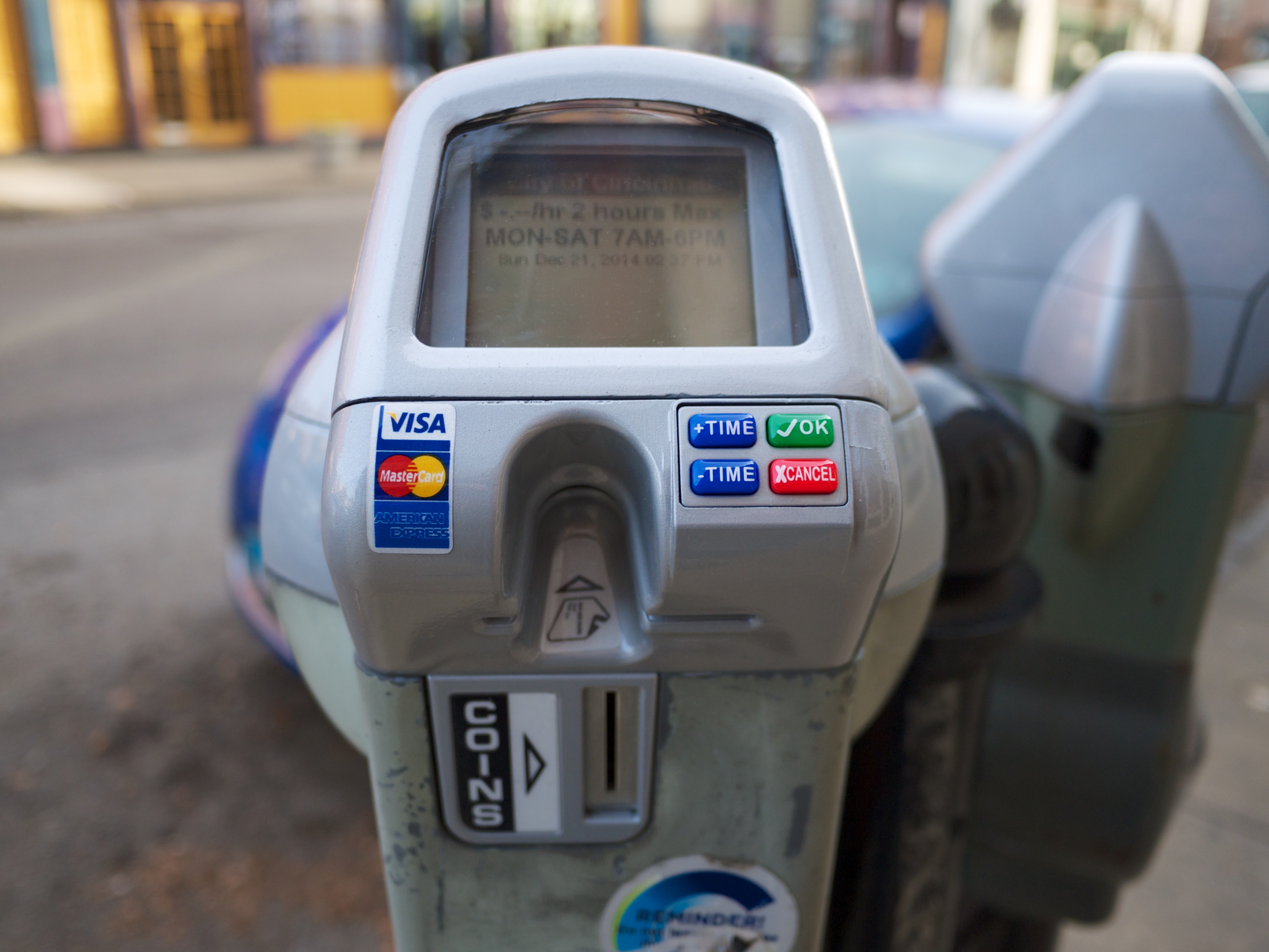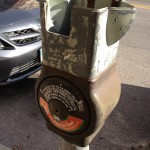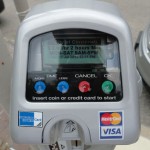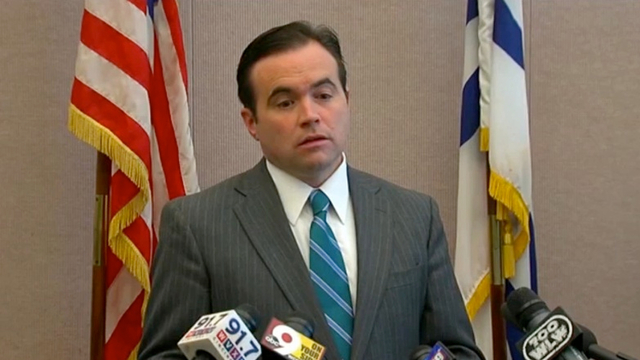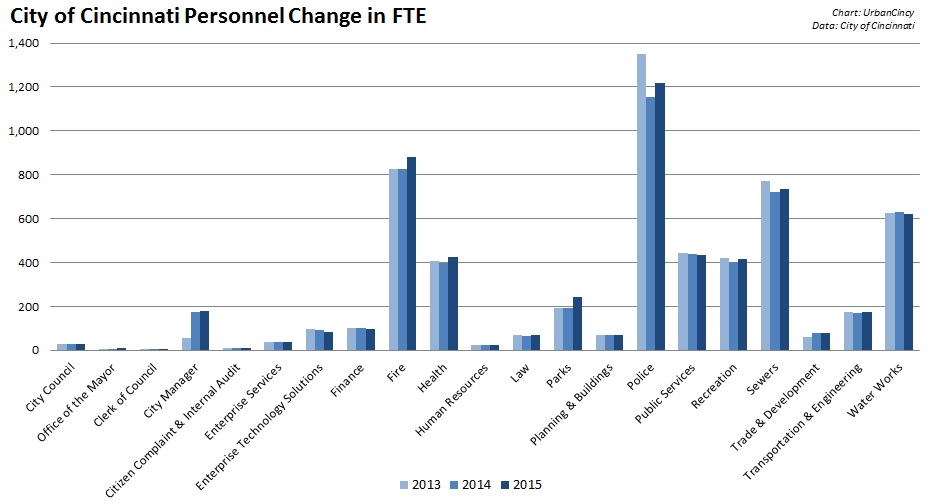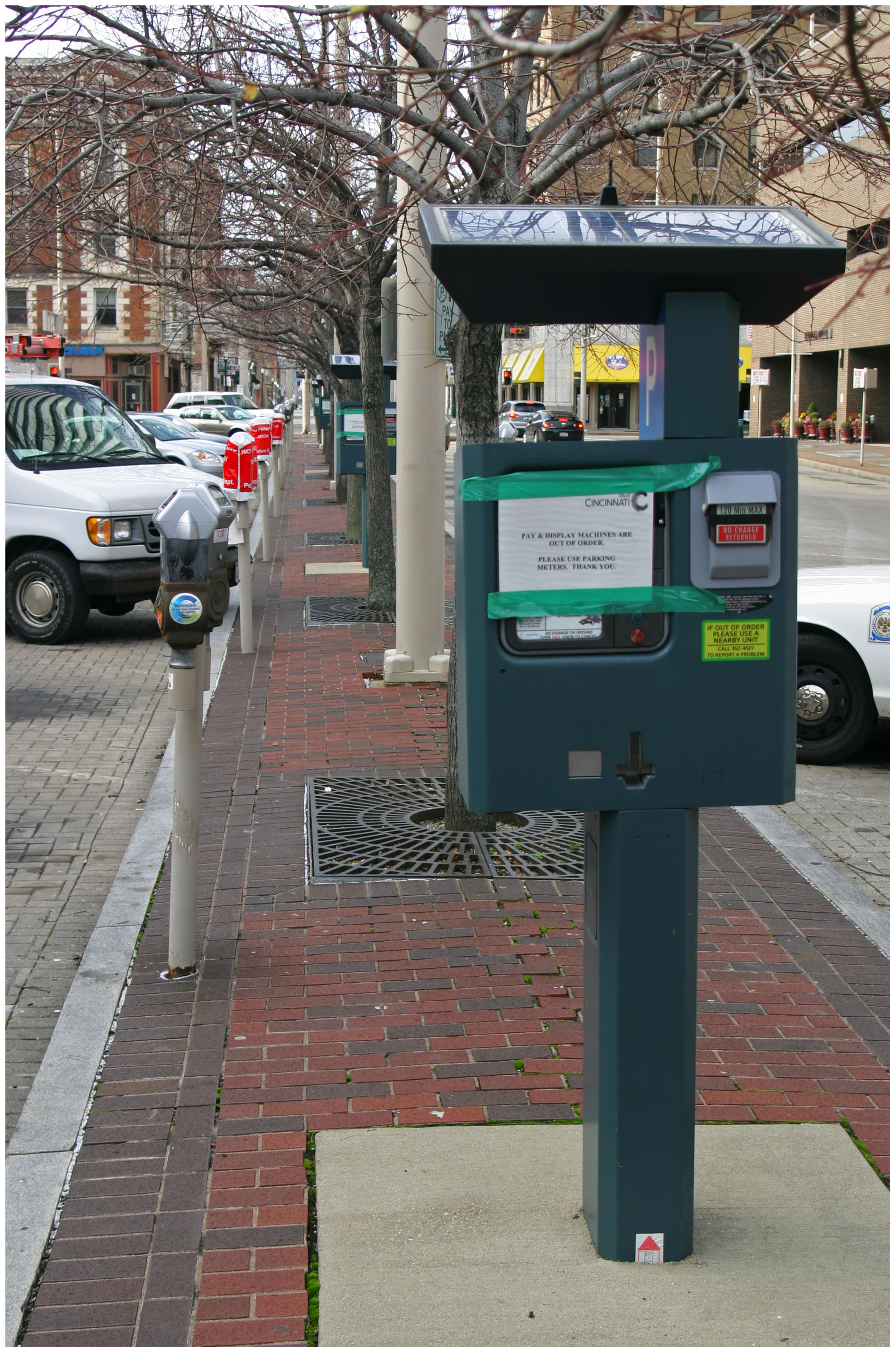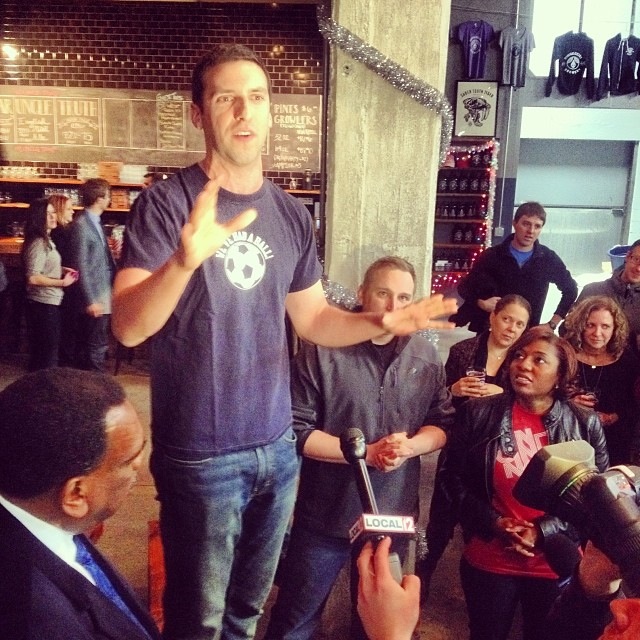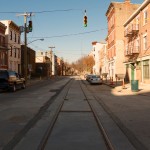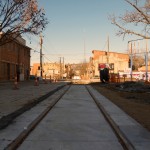New parking rates and hours of operation went into effect for the Central Business District and Over-the-Rhine on Friday. The changes come after Cincinnati City Council approved the matter in November 2014.
Under the arrangement, 500 new electronic parking meters have been installed throughout Over-the-Rhine to complement the existing set already in place in the Central Business District. Over the coming weeks, the City of Cincinnati will also be installing 1,000 additional electronic meters throughout the Clifton, Hyde Park, Mt. Lookout, Northside, O’Bryonville, Oakley, and Pleasant Ridge neighborhood business districts, as well as key locations throughout Uptown.
The electronic meters, officials say, are meant to replace the old ones with newer models that accept credit card payments and are compatible with future plans for pay-by-phone technology and dynamic pricing structures. Pay-by-phone capabilities are expected to be operational by the middle of 2015.
While nearly a dozen neighborhoods will benefit from the new technology, only Over-the-Rhine will see its on-street parking policies change across the board. As part of the new policy, parking rates in Over-the-Rhine will double to $1/hour; while rates will remain set at $.50/hour and $2/hour in the other neighborhoods and in the Central Business District, respectively.
As of today, parking meters in the Central Business District and Over-the-Rhine will now also be in effect from 9am to 9pm Monday through Saturday, and 2pm to 9pm on Sundays. Parking hours of enforcement in the remaining 50 neighborhoods, meanwhile, will remain unchanged.
The sweeping changes are meant to help improve the performance of the City’s broken parking system. While many small business owners in Over-the-Rhine have expressed their support for the changes, especially in light of ongoing vandalism of meters in Over-the-Rhine, some believe they have been singled out following the cancellation of a previous agreement that would have raised rates and increased enforcement city-wide.
“I’m not opposed to longer meter hours and higher rates, but what upsets me, as an OTR resident and business owner, is the fact that our neighborhood has been singled out,” Jean-Francois Flechet, owner of Taste of Belgium, wrote in a Facebook post. “The same hours and rates should apply to other neighborhoods.”
The original Parking Lease & Modernization Plan approved in early 2013 was, of course, cancelled by Mayor John Cranley (D) almost immediately upon his arrival at City Hall at the end of 2013. While the mayor and many members of City Council bemoaned the previous plan, a similar plan appears to be taking shape, but in a piece-by-piece approach.
As like the original plan, new electronic meters are being installed that accept credit card payments and utilize dynamic pricing models, meters are being upgraded city-wide, and a contract has been signed with Xerox.
The Cranley Administration has not yet commented on plans for new hours or rates in the city’s remaining neighborhood business districts, where on-street parking meters exist, but they do say that they intend to systematically create multi-space parking that will “produce more aesthetically clean public right-of-way areas in Over-the-Rhine.”
This means that the newly retrofitted parking meters in the historic neighborhood will eventually be removed to make way for multi-space equipment, similar to what has been used in the Central Business District in the past. The upgraded parking meters from Over-the-Rhine will then be shifted to other neighborhoods throughout the city. This process, officials say, could begin as soon as this spring.
In addition to the specific focus on center city neighborhoods, the new parking policy differs from the previously approved plan by creating Sunday hours of enforcement. While the new Sunday hours of enforcement are only in effect for the Central Business District and Over-the-Rhine, it crosses what was considered a red line in the previous public debate over proposed parking changes.
All of the changes are expected to bring confusion to those parking in the affected areas, including a large group of people who drove to Christ Church Cathedral for the Boar’s Head & Yule Log Festival on Sunday. According to Michelle Dillingham, Director of Education at the Greater Cincinnati Coalition for the Homeless, parking enforcement officers ticketed many cars parked on the street during the event.
“I walked out of the Boar’s Head event that was barely an hour long and almost every car had a parking ticket on their windshield…on a Sunday and in front of a church celebrating 75 years of a Cincinnati tradition,” Dillingham wrote. “I don’t know, but it just rubbed me wrong.”
The former Cincinnati City Council candidate went on to say that she had two separate conversations with people, who lived outside of the center city, that were very upset by the situation and would reconsider visiting downtown again due to the aggressive parking enforcement.
City officials acknowledge that there will be a bit of a learning curve, and say they are working to improve awareness of the new rates and hours of enforcement by distributing flyers and working with groups like Downtown Cincinnati Inc. and the Over-the-Rhine Chamber of Commerce to inform drivers of the changes.
